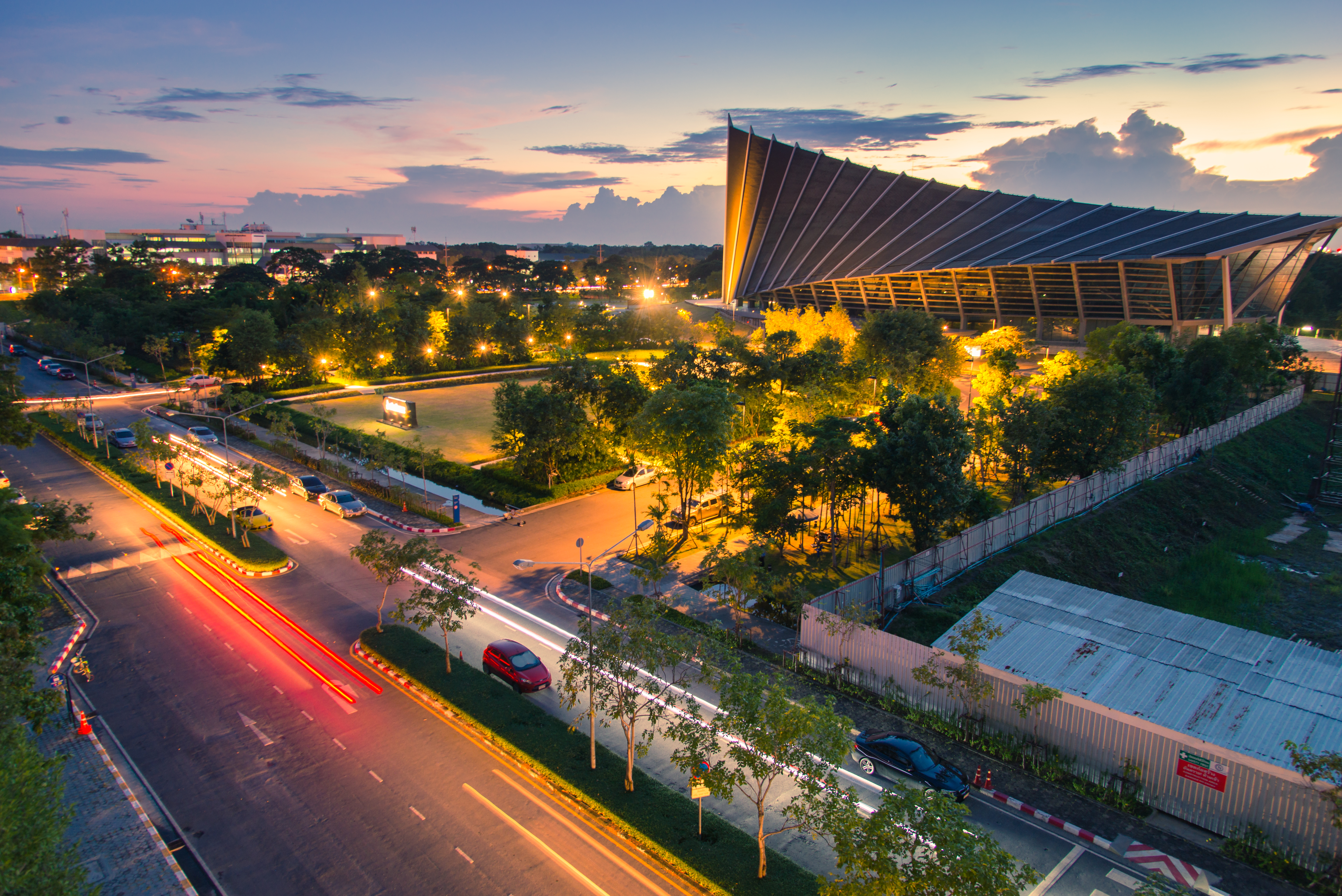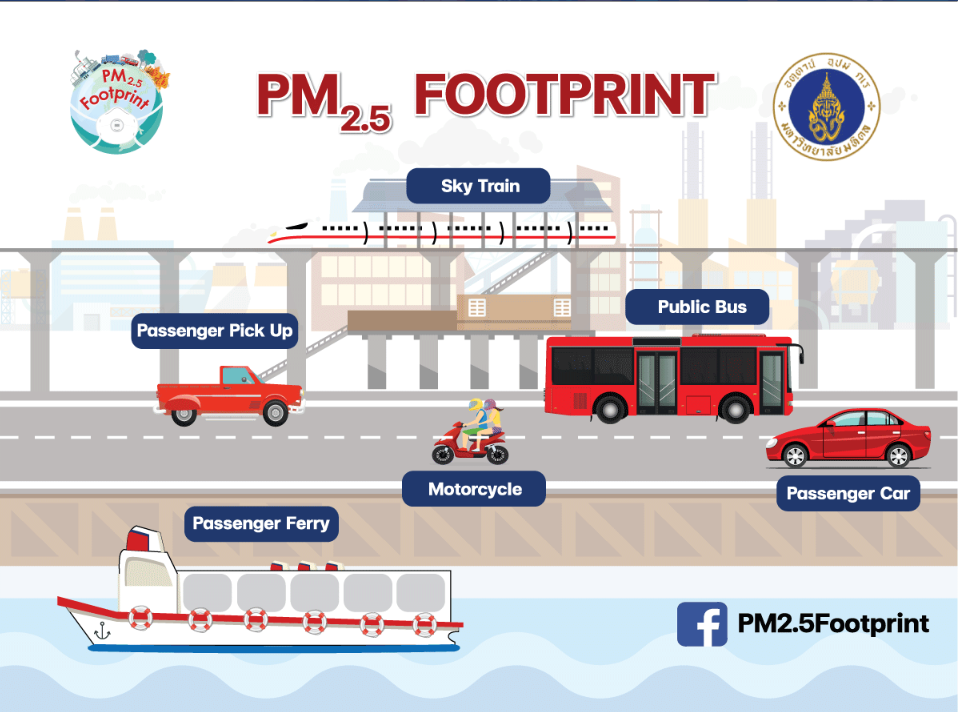Mahidol University recognizes the impact of climate change on human wellbeing. Therefore, a net-zero greenhouse gas emission policy was established to focus on the least polluting activities with the introduction of the “9 to Zero project”. The project has started by increasing the proportion of renewable energy within the University, including solar rooftops, electric trams and bicycles on campus, and biodiesel from used vegetable oil. The University also plans to increase EV charging stations to promote the use of clean and environmentally friendly technology. It will also continually monitor air quality and dust by creating an innovative PM 2.5 Footprint Calculator to estimate the health effects of fine particulate matter (PM) according to global environmental standards. This raises individuals’ awareness of health risks caused by PM 2.5, and alerts them to change their lifestyles to reduce exposure to dust. The “MU Carbon Footprint” program - a database of greenhouse gas emissions – is used to assess and formulate guidelines for managing greenhouse gases most effectively. In 2020, there were 5,851.44 tons of greenhouse gas emissions at the Salaya campus. The Faculty of Dentistry''''s Low Carbon Hospital used data obtained from the MU Carbon Footprint to manage resources appropriately. This results in reduced costs and greenhouse gas emissions due to the replacement of renewable energy, and has an environmental impact, moving towards a low-carbon city. In addition, the University has arranged several practical activities, such as the project to plant trees to absorb greenhouse gases, and the project to measure trees to collect data on greenhouse gas reabsorption in 2022 - the 13,640 trees at Salaya campus can absorb up to 6,523.20 tons of carbon dioxide equivalent. Green space is increased by the Vertical Garden Project, by 5.92% of all green space in the University. The MU Eco Park project increases tree-planting to reduce heat, preserve natural ecosystems, and influence a higher rate of greenhouse-gas reabsorption The Eco Town project - a collaboration with PTT to expand knowledge on waste management, and recycling instead of incineration, a cause of air pollution – demonstrates that the University is actively planning and preparing for climate change and its impacts, in line with the Sustainable Development Goals..
Climate Action
Take urgent action to combat climate change and its impacts.



